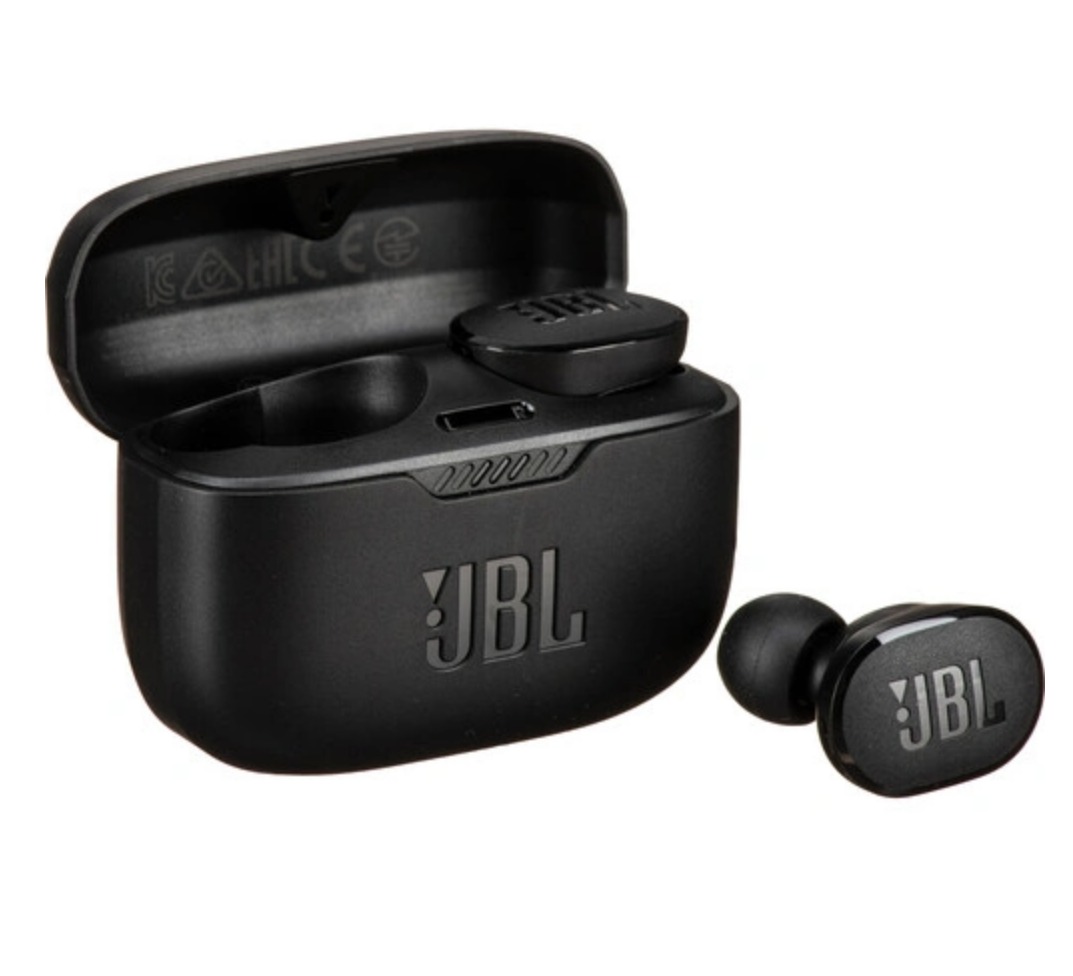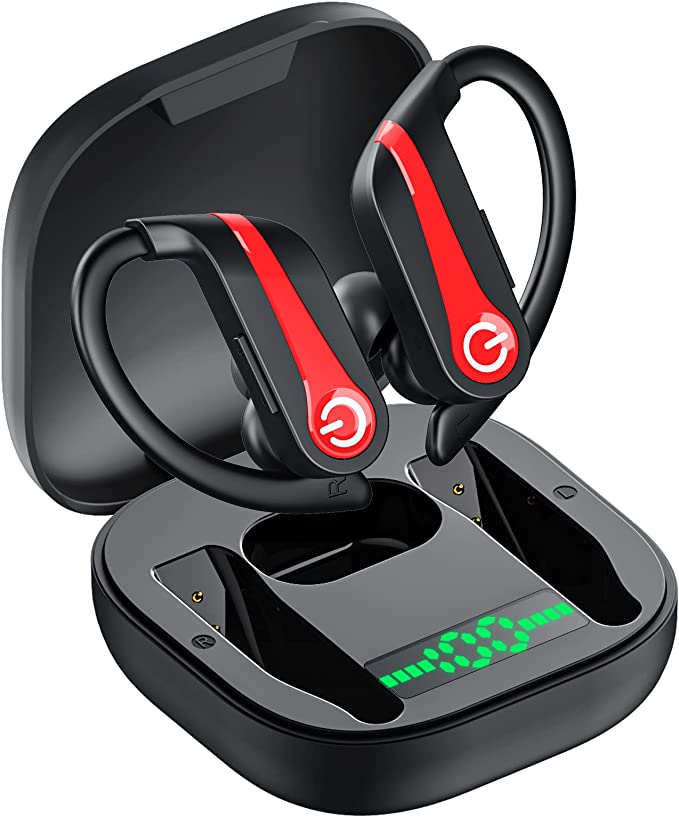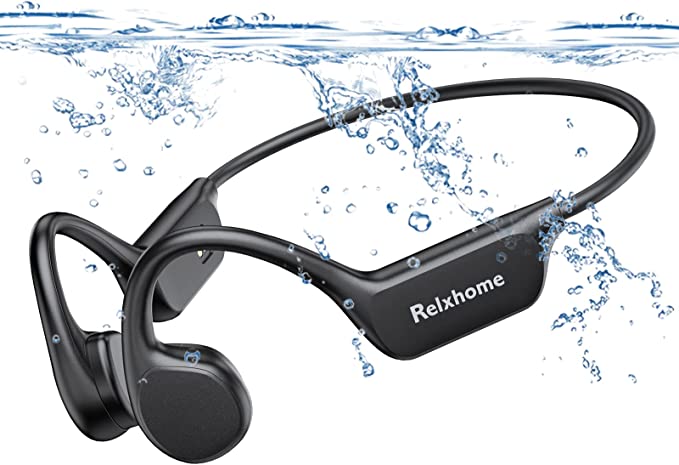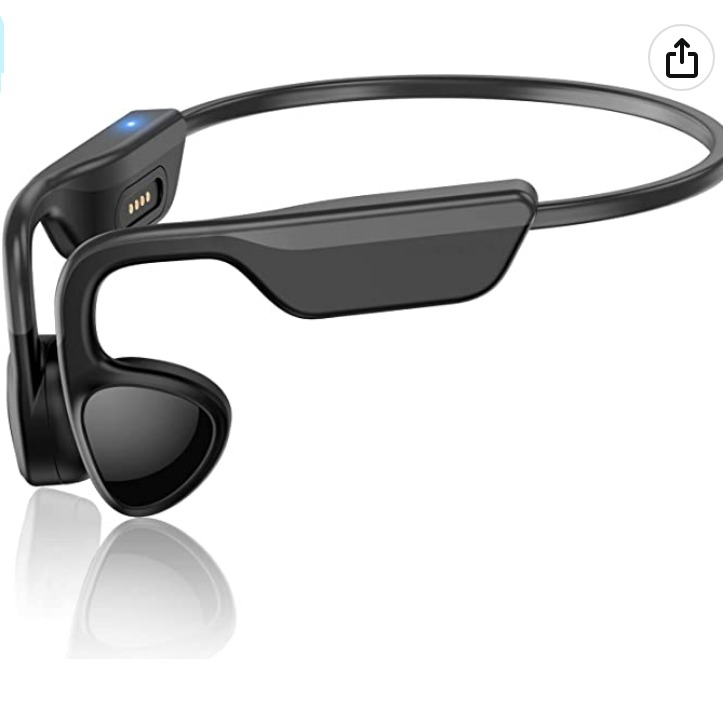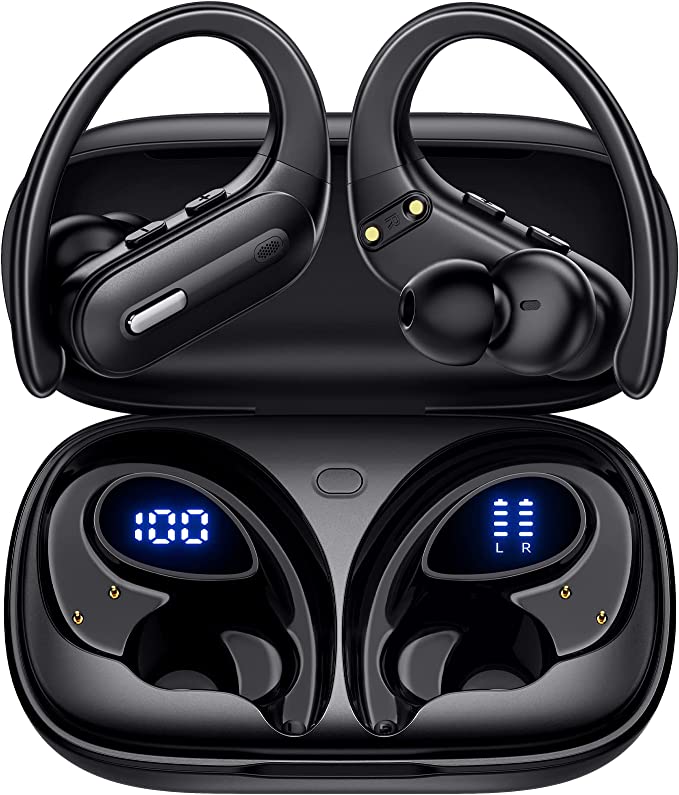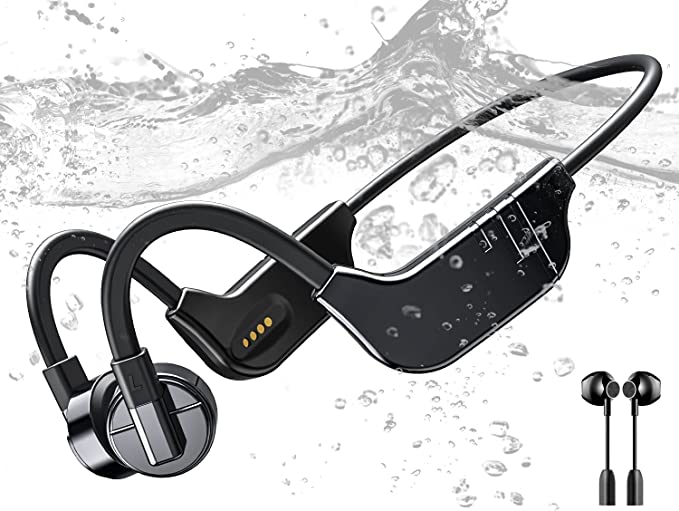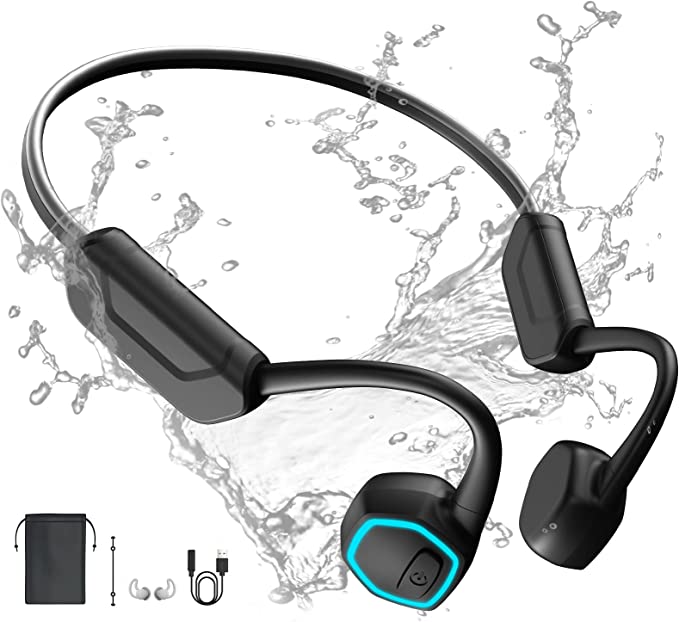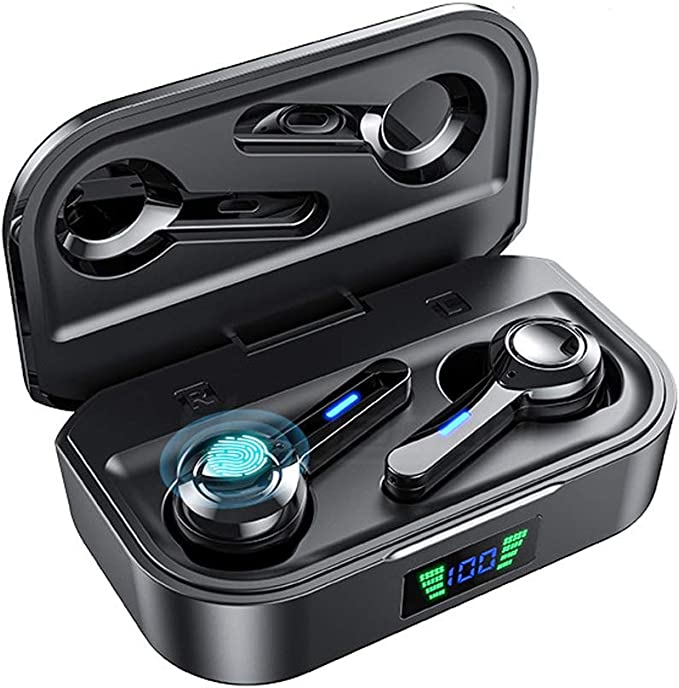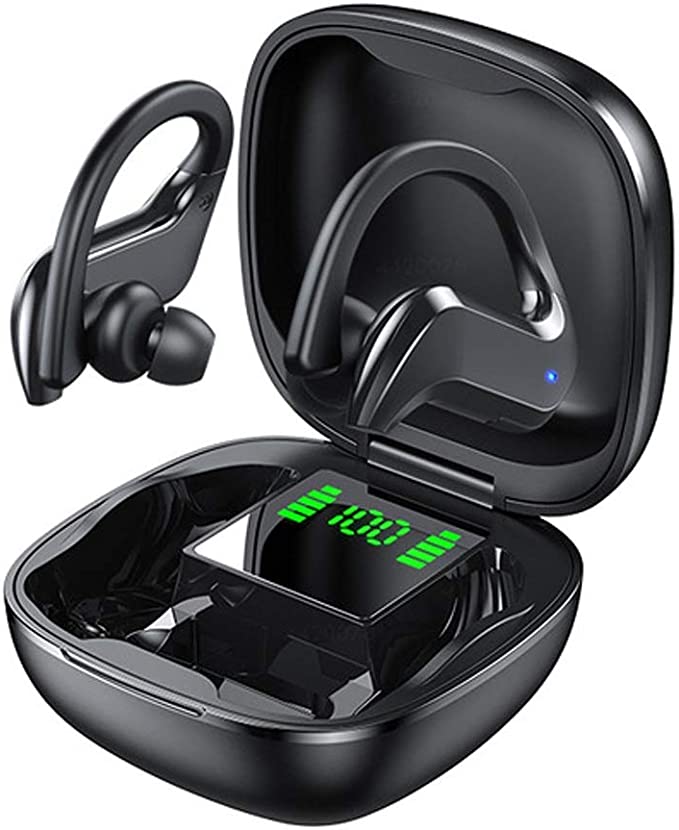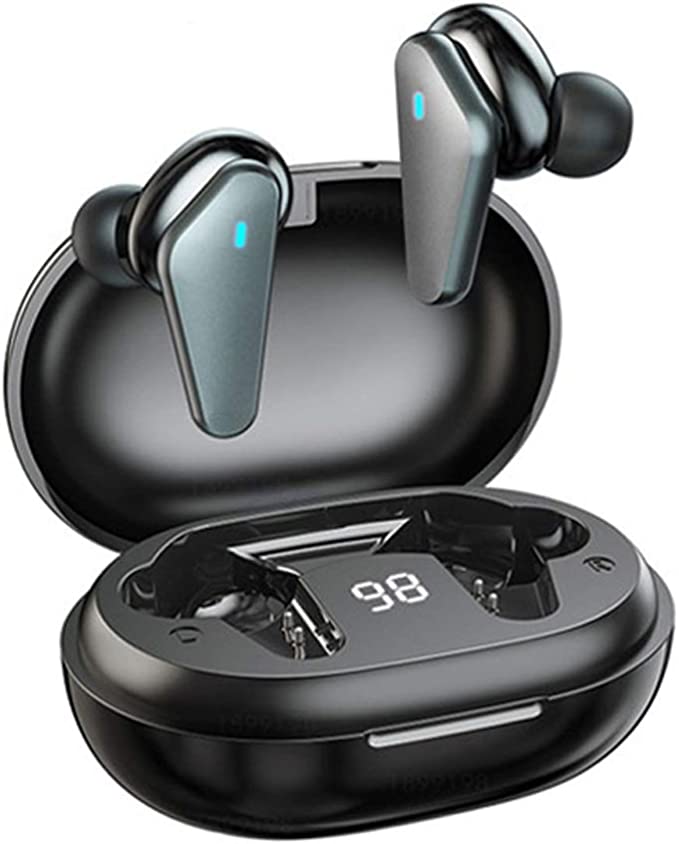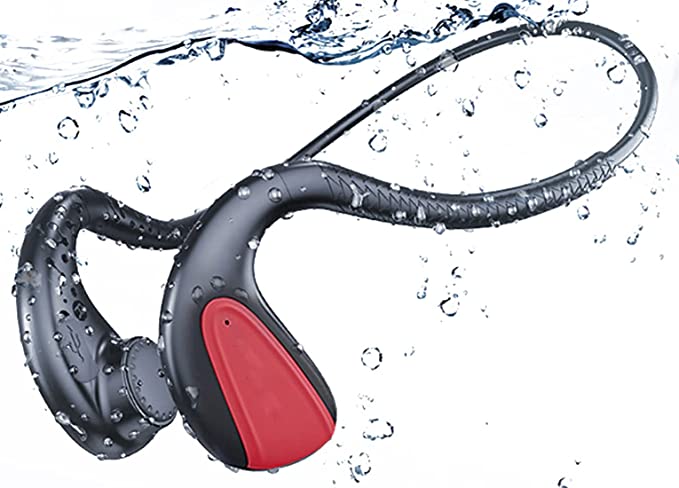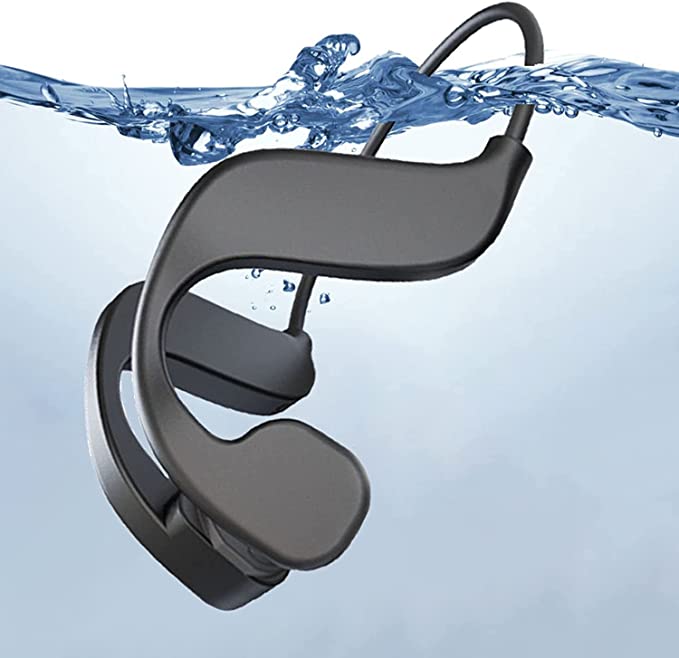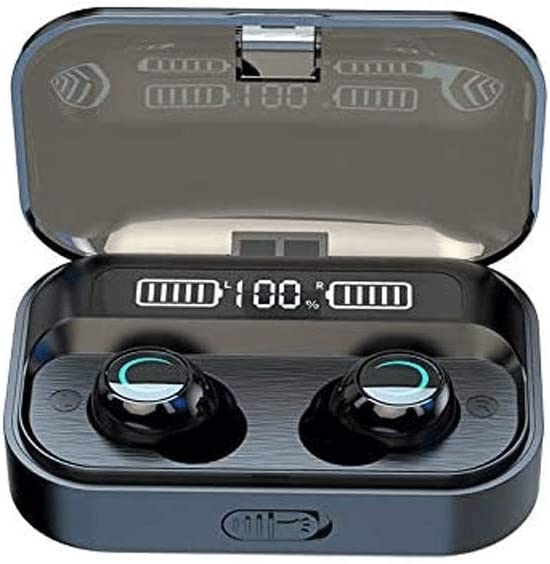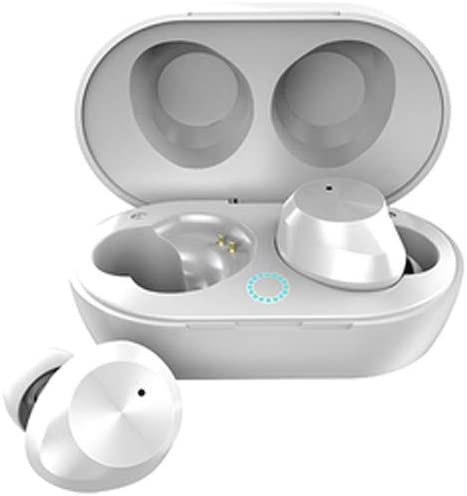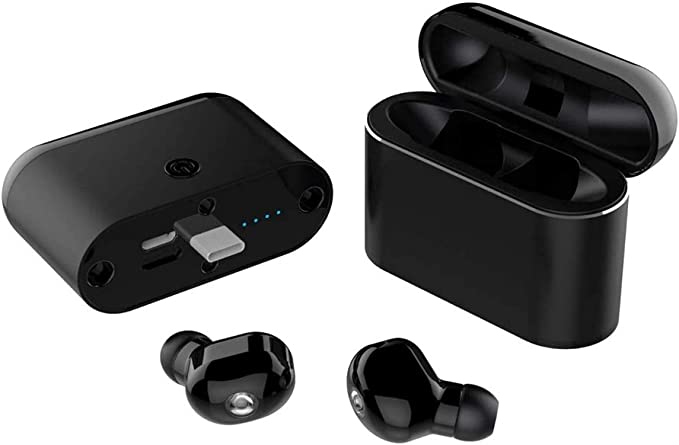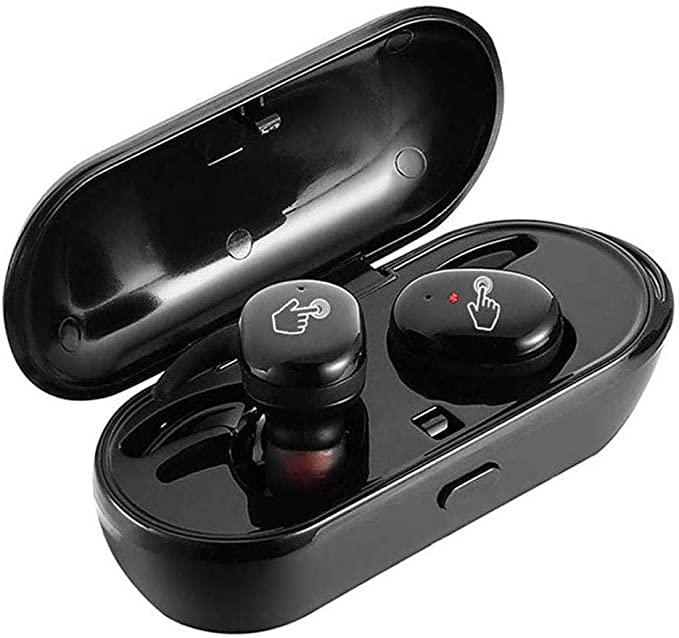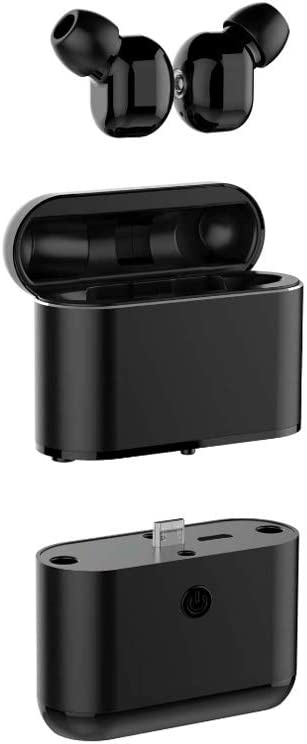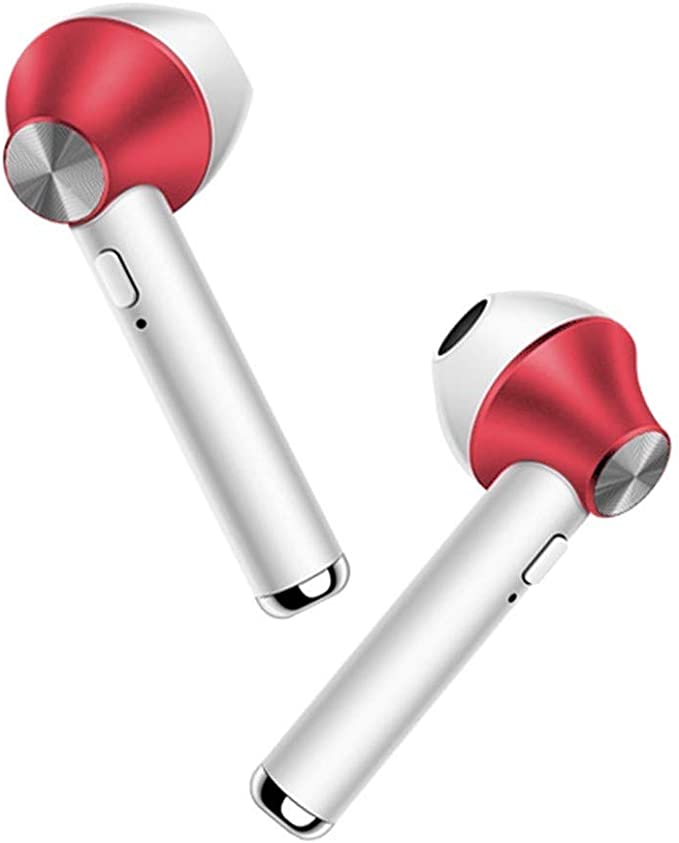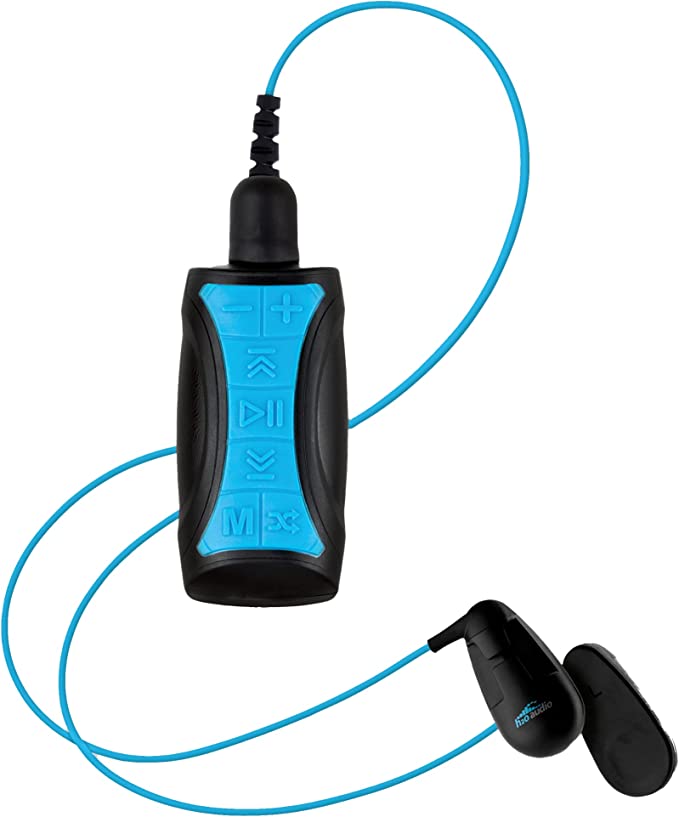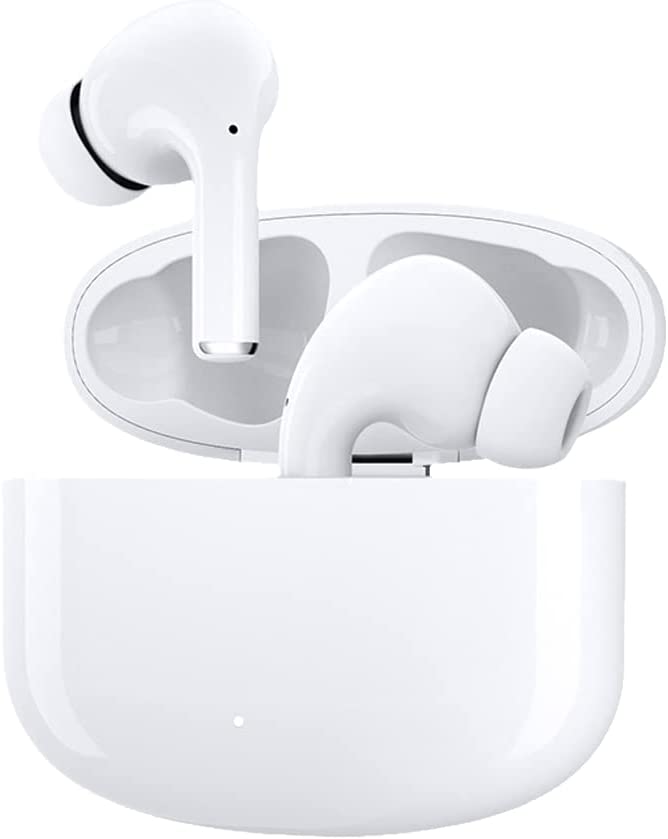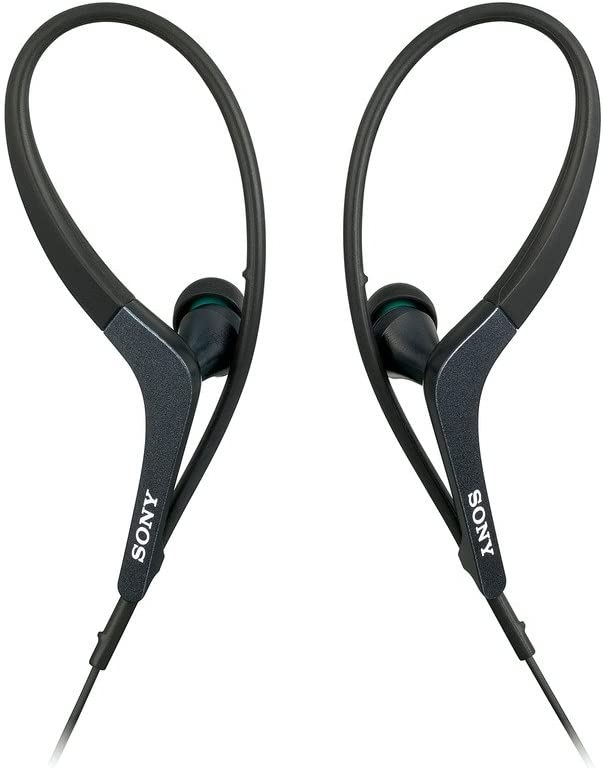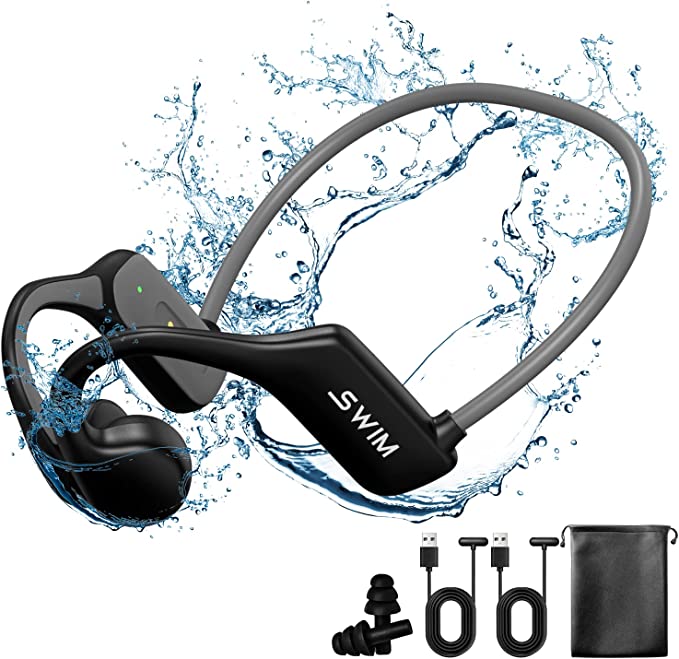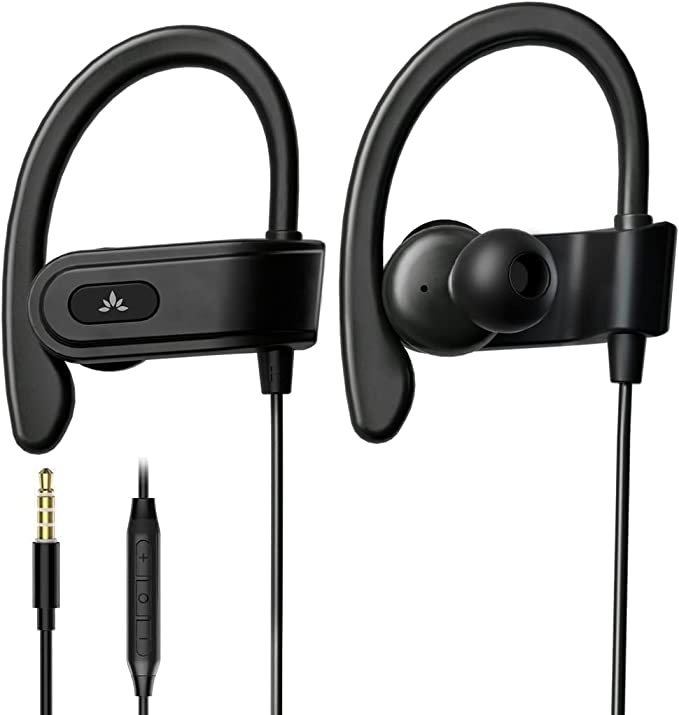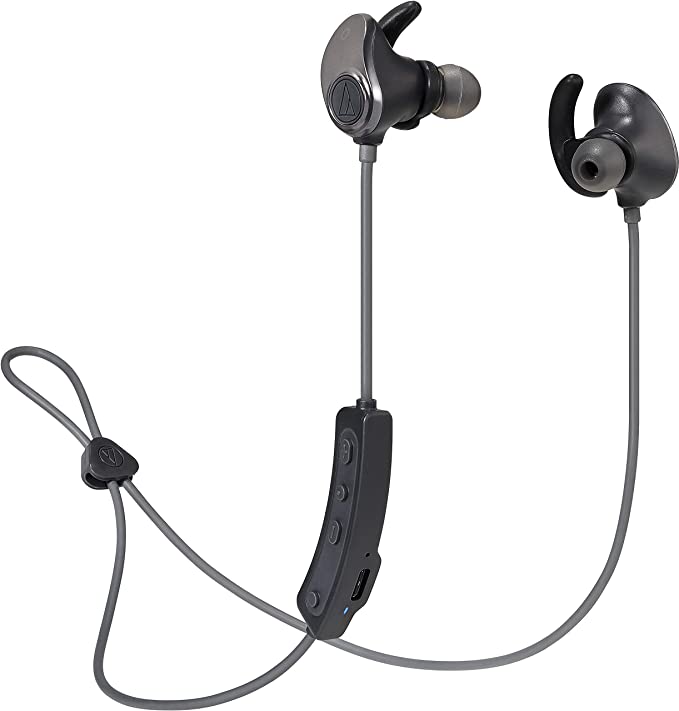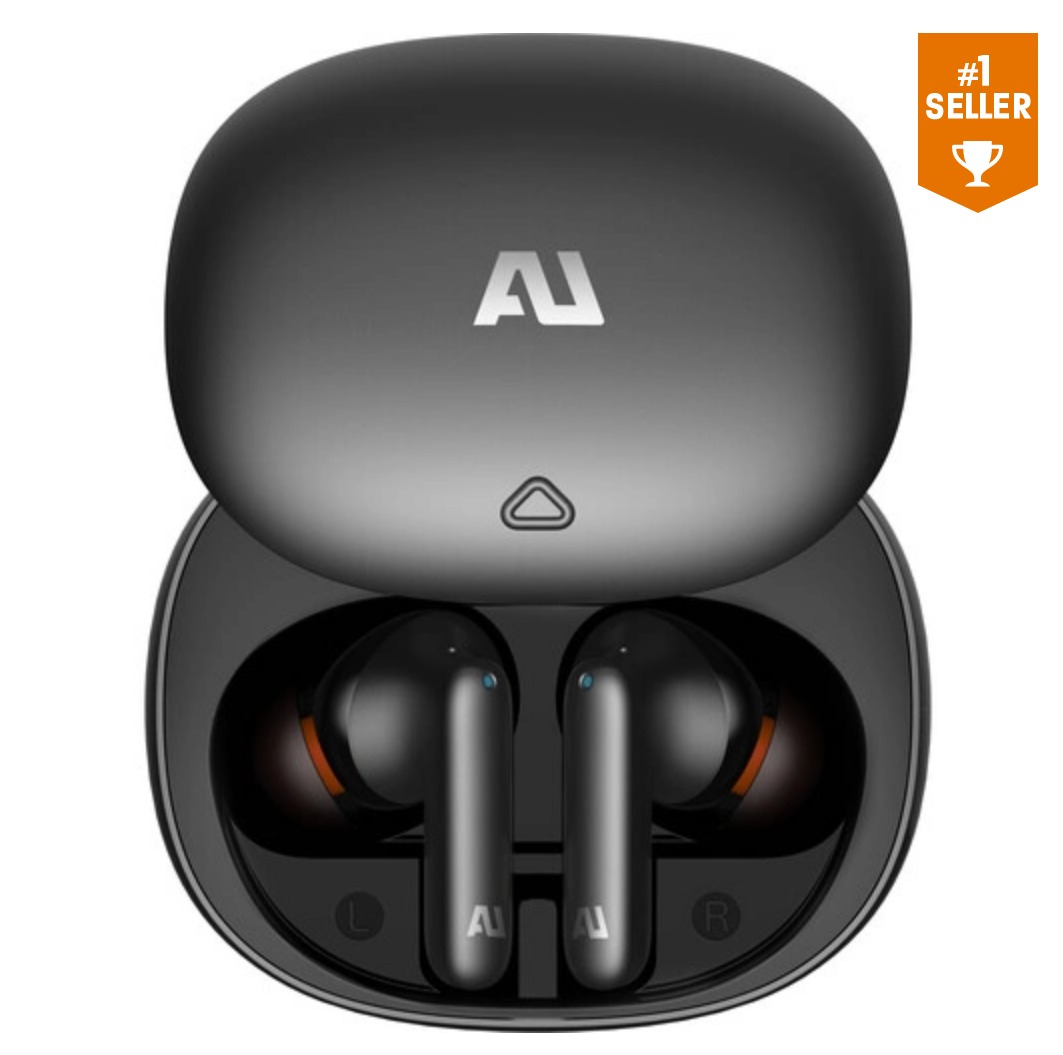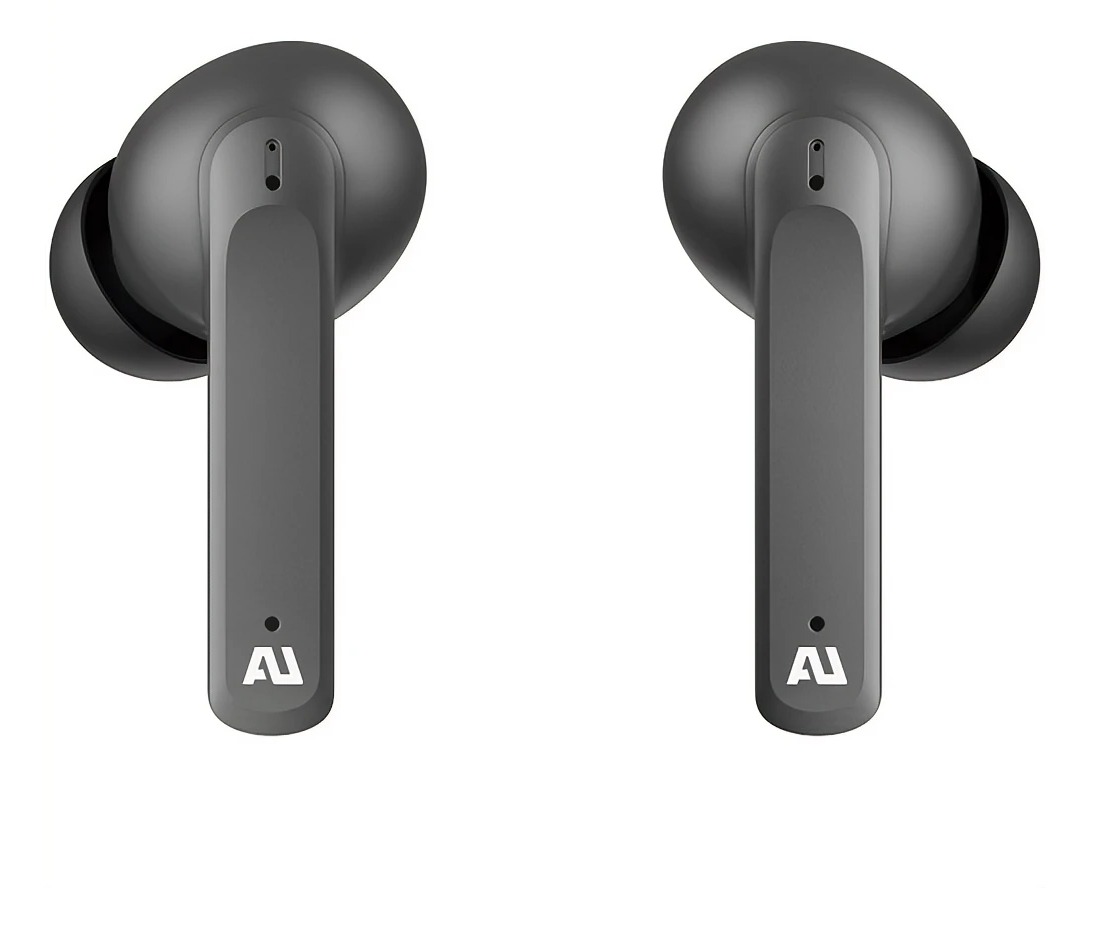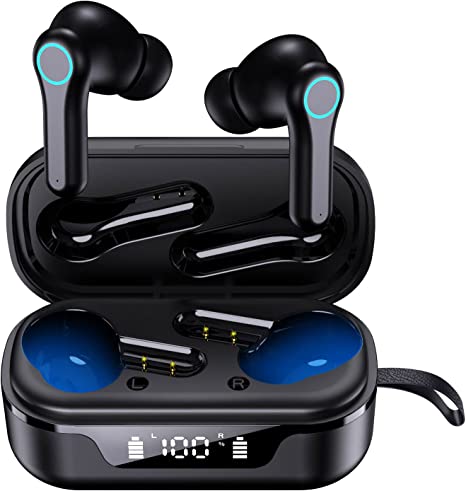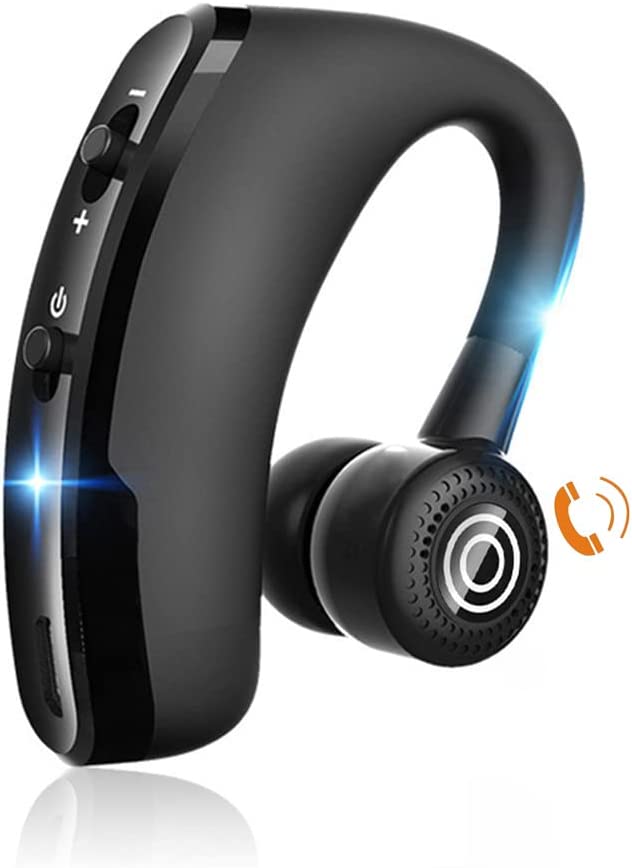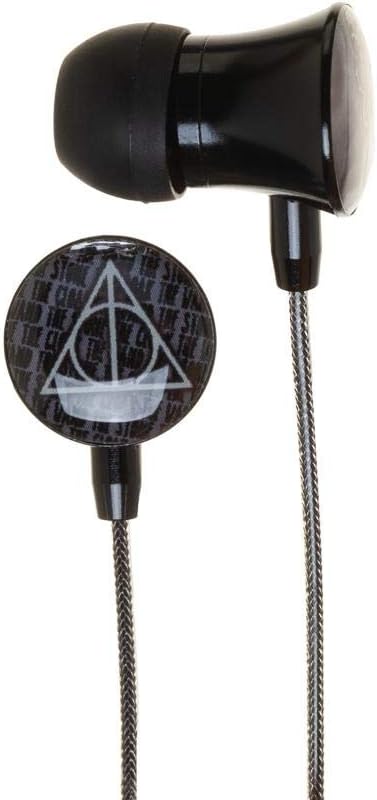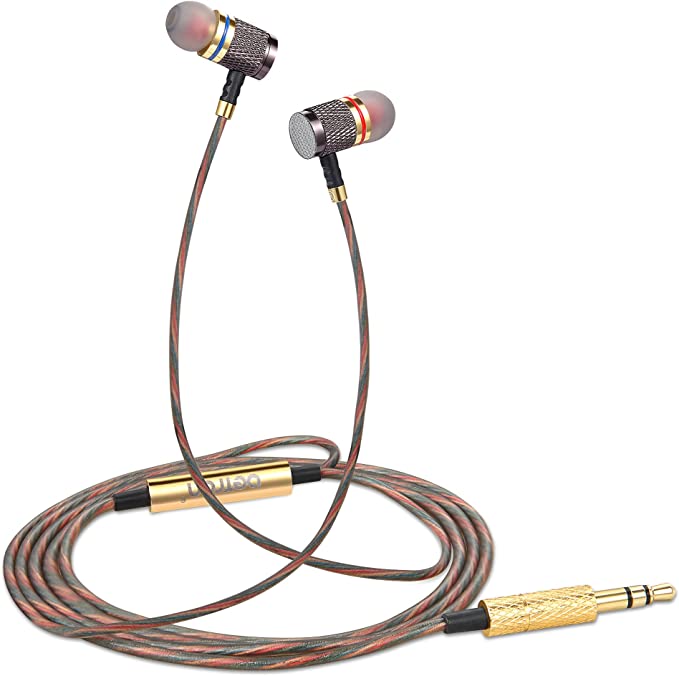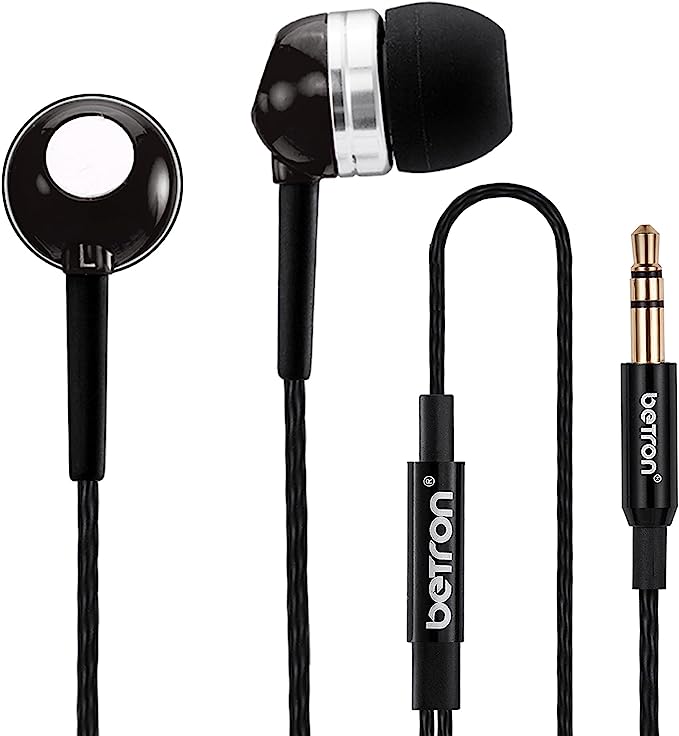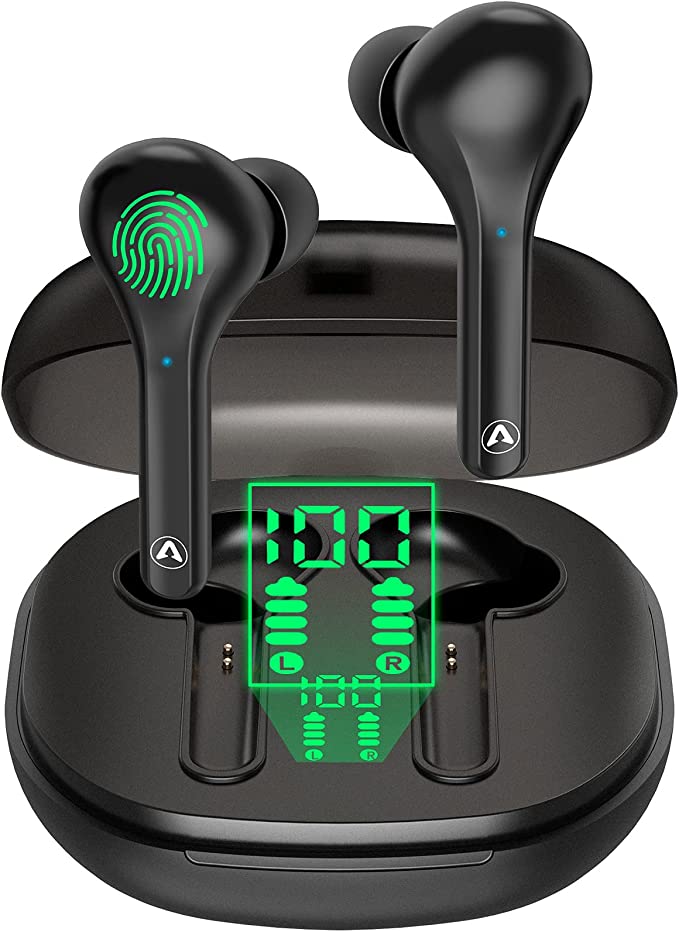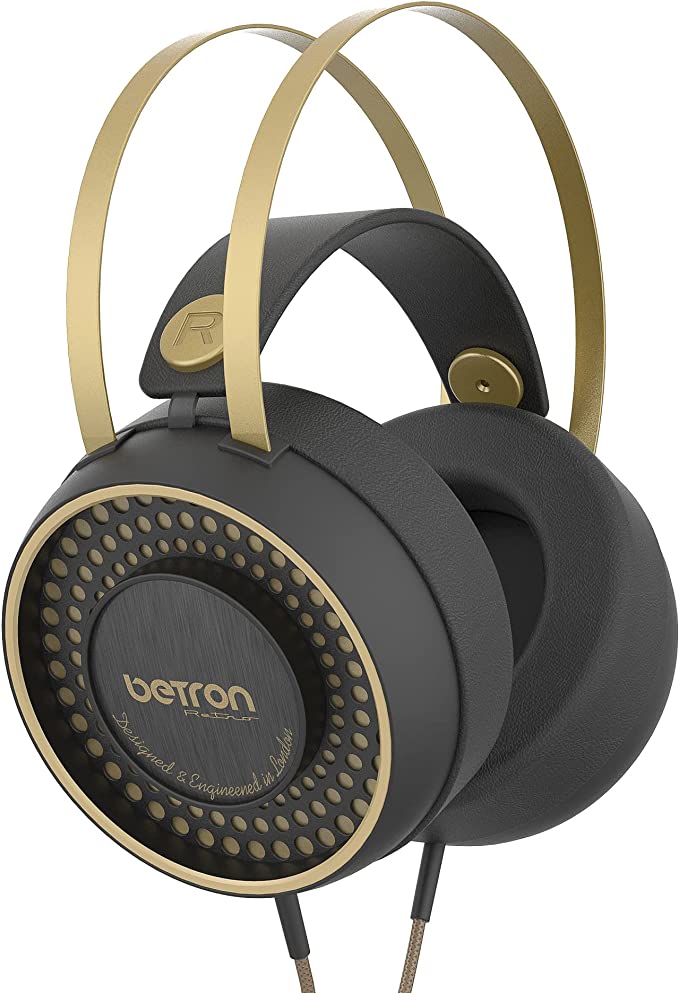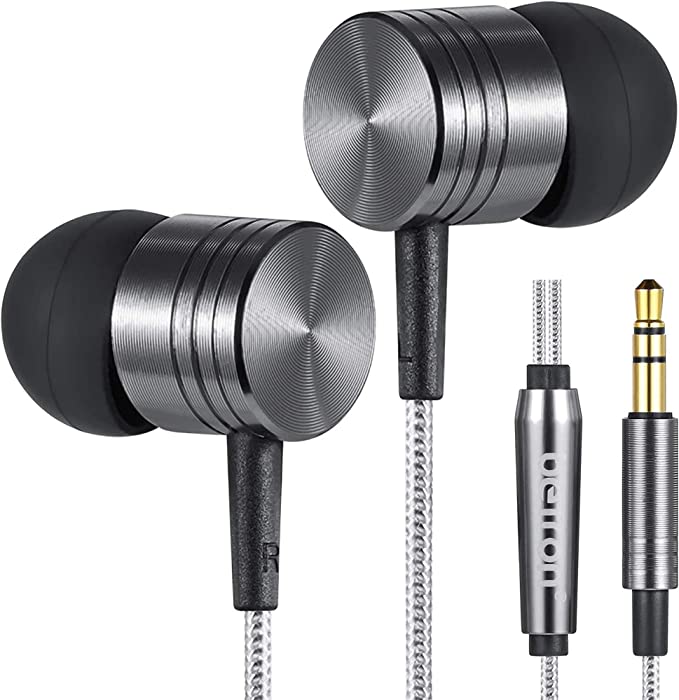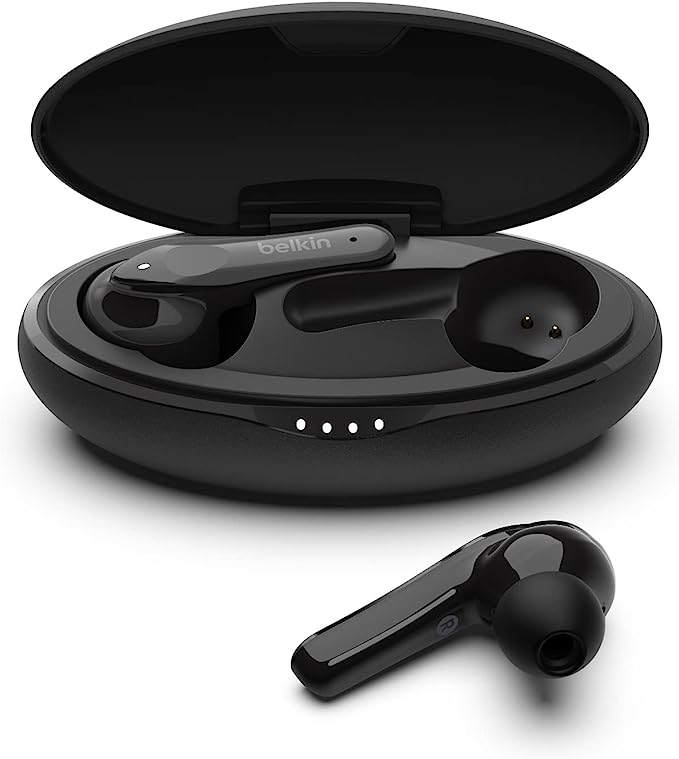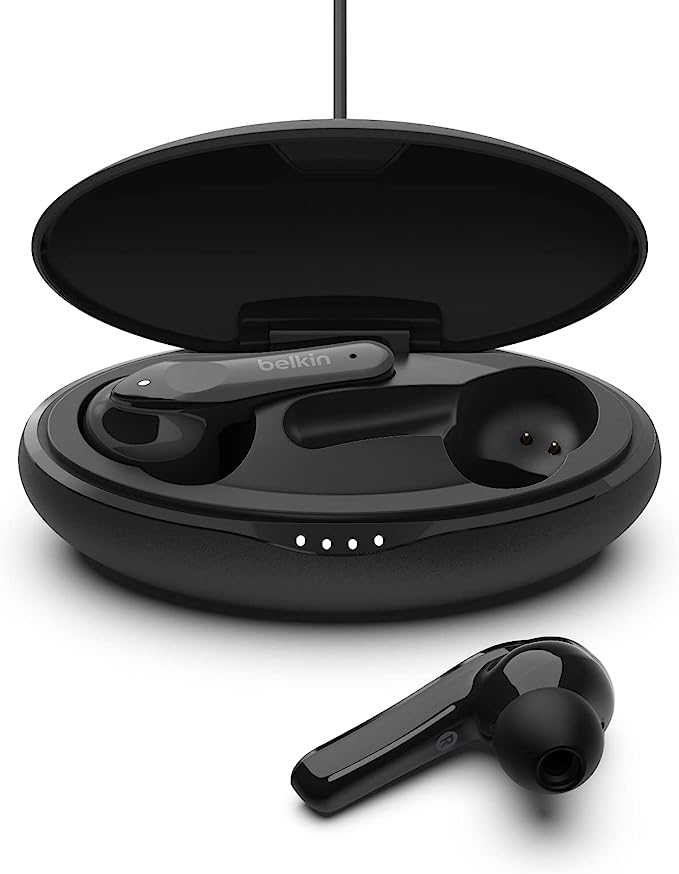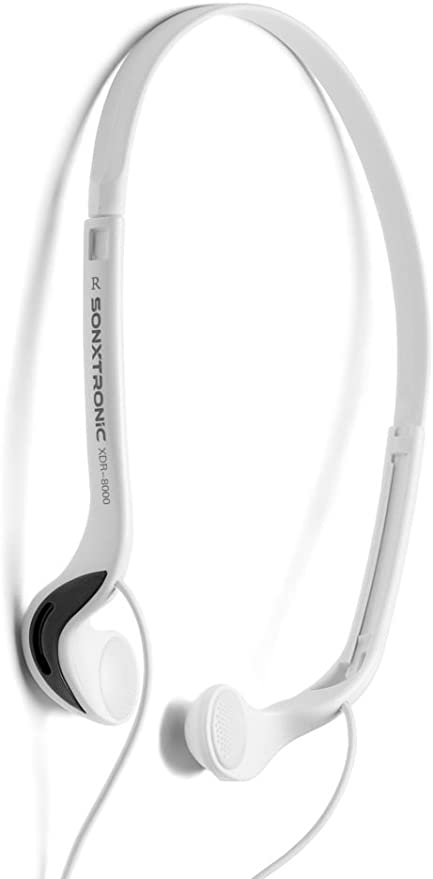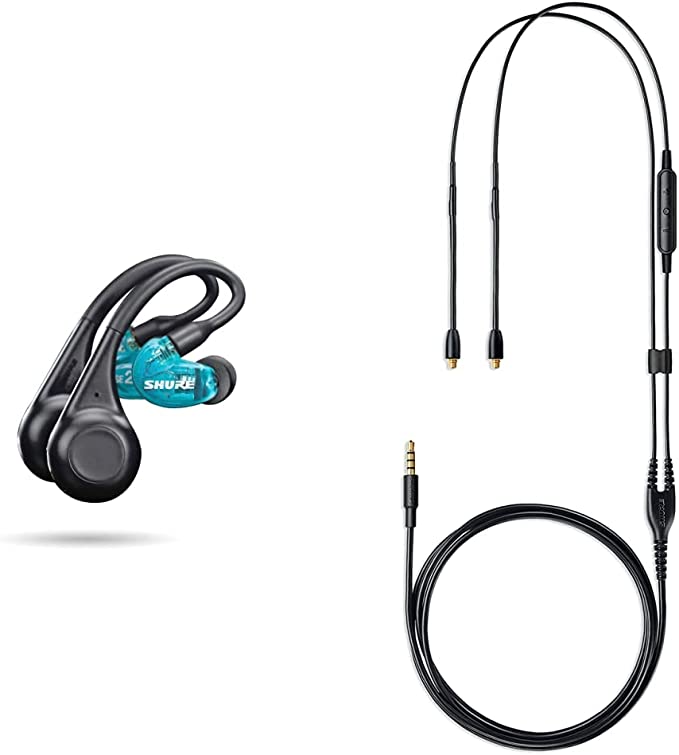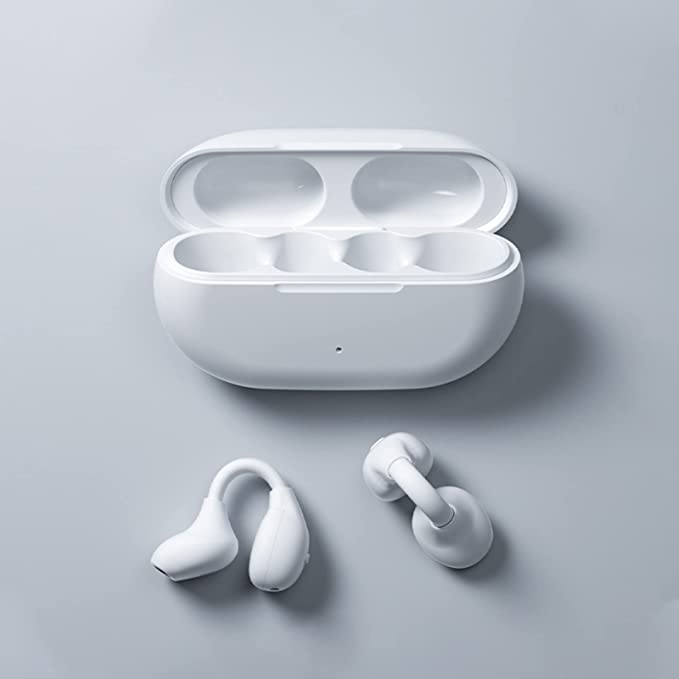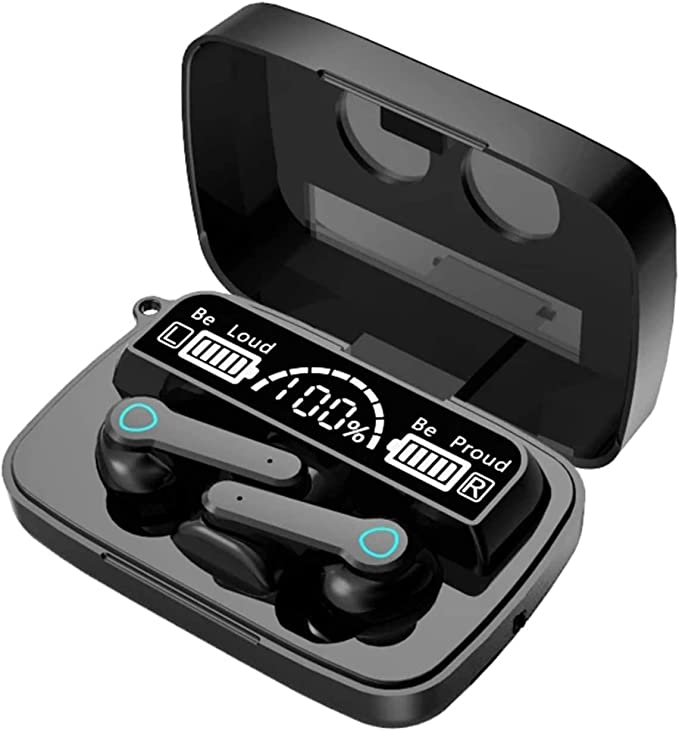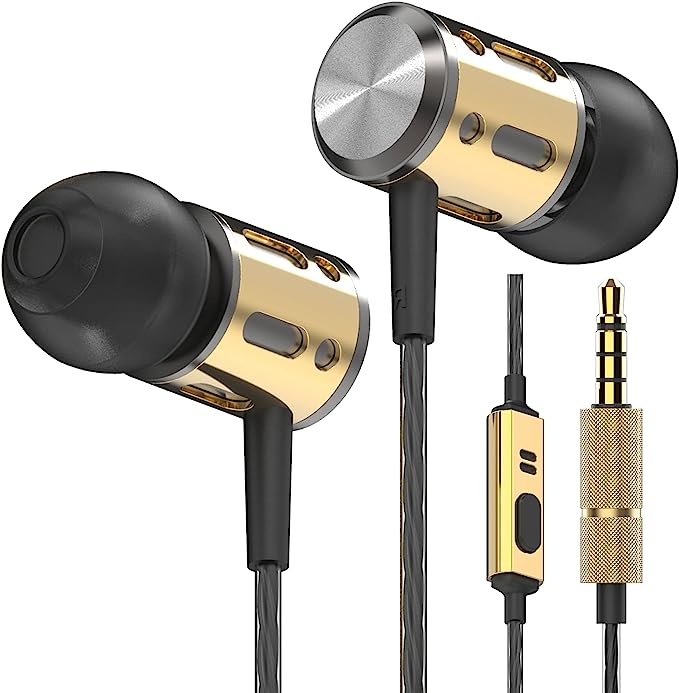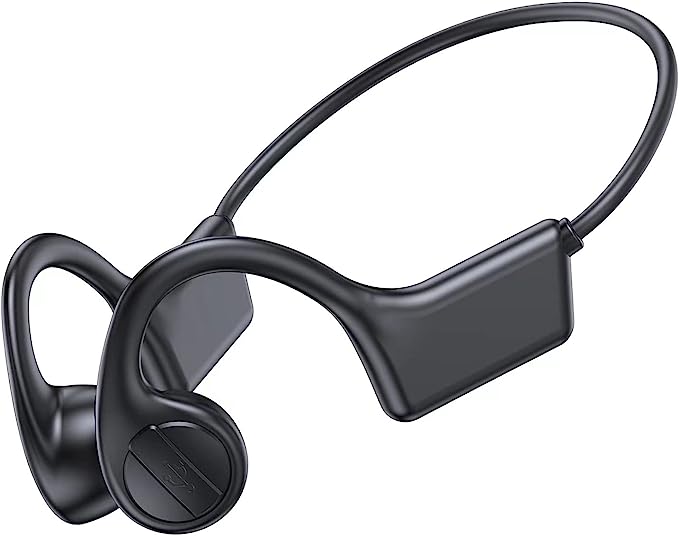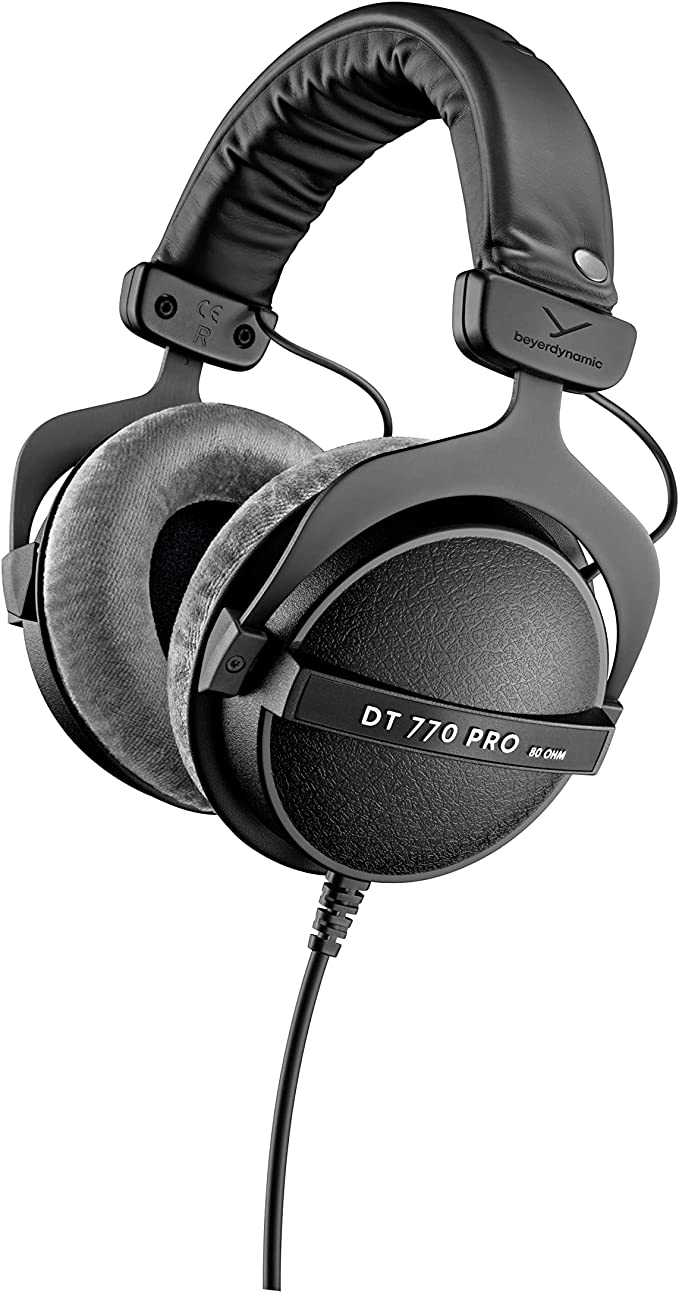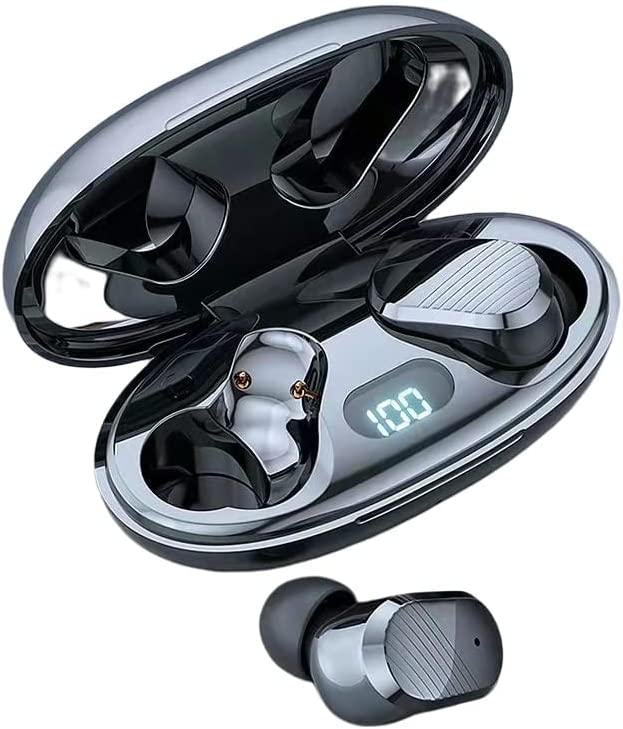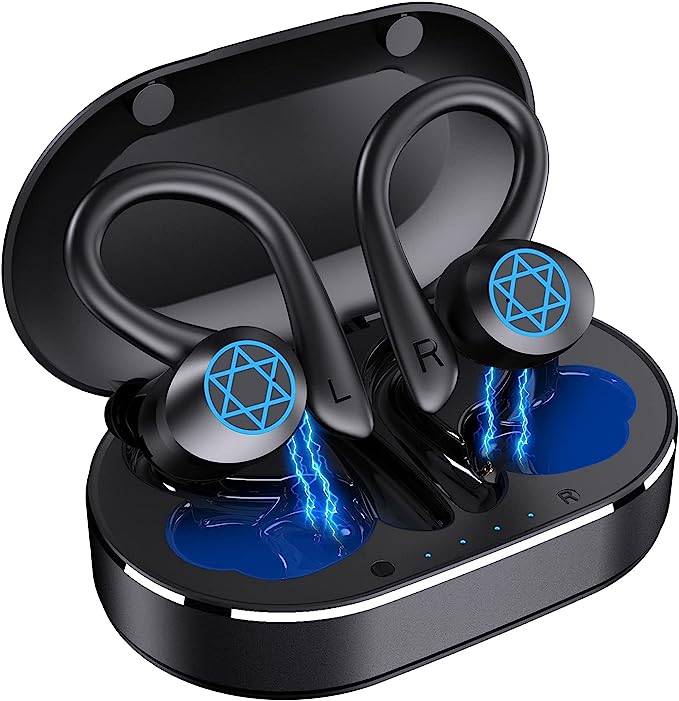Klipsch The Detroit Portable Bluetooth Speaker: Unleash the Sound of Motown
Update on March 3, 2025, 6:03 a.m.
A Symphony on the Go: Introducing the Klipsch Detroit
Picture this: a vibrant summer music festival, the air thrumming with anticipation. The sun is setting, casting a golden glow over the crowd. But as the main stage act takes a break, the energy dips. That’s where a portable, powerful sound system becomes essential. Enter the Klipsch Detroit, a Bluetooth speaker designed to deliver not just sound, but an experience. It’s a fusion of Klipsch’s legendary audio heritage and the rugged, soulful spirit of the Motor City.

Unpacking the Sound: The Science of Acoustics
Before we delve into the specifics of the Detroit, let’s explore the fundamental principles of sound. Sound, in its essence, is a wave – a vibration that travels through a medium, like air. These vibrations have several key characteristics:
- Frequency: This determines the pitch of a sound. Measured in Hertz (Hz), frequency represents the number of vibrations per second. A low frequency corresponds to a low-pitched sound (like a bass drum), while a high frequency corresponds to a high-pitched sound (like a cymbal).
- Amplitude: This determines the loudness of a sound. Amplitude represents the intensity of the vibration. The larger the amplitude, the louder the sound. We measure loudness in decibels (dB).
- Waveforms: Sounds rarely exist as pure, single-frequency tones. Most sounds are complex combinations of different frequencies and amplitudes, creating unique waveforms that give instruments and voices their distinct character.
The human ear, a remarkable piece of biological engineering, can typically perceive sounds ranging from 20 Hz to 20,000 Hz (20 kHz). This range, however, varies from person to person and can diminish with age.
The Heart of the Matter: How Speaker Drivers Work
The Klipsch Detroit, like most speakers you encounter, uses dynamic speaker drivers. These drivers are essentially tiny, precisely engineered engines that convert electrical signals into sound waves. Here’s how they work:
- The Electrical Signal: Your music, stored digitally, is converted into an analog electrical signal. This signal carries the information about the different frequencies and amplitudes of the sound.
- The Voice Coil: This electrical signal is sent to the voice coil, a tightly wound coil of wire attached to the speaker’s diaphragm (the cone you see).
- The Magnetic Field: The voice coil sits within a strong magnetic field created by a permanent magnet.
- The Interaction: When the electrical signal flows through the voice coil, it creates its own magnetic field. This field interacts with the permanent magnet’s field, causing the voice coil (and the attached diaphragm) to move back and forth.
- Sound Waves: This rapid back-and-forth movement of the diaphragm creates vibrations in the surrounding air – these are the sound waves that travel to your ears.
The speed and distance of the diaphragm’s movement determine the frequency and amplitude of the sound waves produced.

Detroit’s Dynamic Duo: Tweeters and Woofers in Harmony
The Klipsch Detroit doesn’t rely on a single driver to reproduce the entire range of audible frequencies. Instead, it employs a clever combination: two 1-inch tweeters and two 3-inch woofers.
- Tweeters: These smaller drivers are designed to handle high-frequency sounds. Their smaller size and lighter diaphragms allow them to vibrate very rapidly, accurately reproducing the delicate details of cymbals, vocals, and other high-pitched instruments.
- Woofers: These larger drivers are responsible for the low-frequency sounds – the bass and the “thump” you feel. Their larger size and heavier diaphragms are better suited to moving the larger volumes of air required to produce these lower frequencies.
- Crossover Networks: In order to achieve a more precise, clean, distortion-free sound, the Detroit utilizes a special circuit called a “crossover” network. The “crossover”, splits up the full audio signal into different frequency bands.
The high-frequency parts are routed to the tweeters, the low-frequency parts to the woofers.
This prevents both drivers from trying to reproduce the same frequencies at the same time, which would result in interference and distortion.
This combination of tweeters and woofers, working in harmony thanks to the crossover network, allows the Detroit to deliver a full, rich, and balanced sound across the entire audible spectrum (although, we still need that lower frequency limit!).
A Sonic Signature: The Klipsch Sound
Klipsch has a long and storied history in the audio world, known for its commitment to high-fidelity sound reproduction. The company’s engineers carefully “tune” their speakers to achieve a specific sonic signature. While subjective preferences vary, Klipsch speakers are generally characterized by their dynamic, powerful, and detailed sound – often described as having a “live” feel. The Detroit is designed to carry on this legacy, offering a listening experience that’s both engaging and accurate.

Built to Brave the Elements: IP67 Explained
Music shouldn’t be confined to the indoors. The Klipsch Detroit boasts an IP67 rating, meaning it’s built to withstand the rigors of outdoor use. But what does “IP67” actually mean?
- IP Codes: The IP (Ingress Protection) rating system is an international standard that classifies the degree of protection provided by enclosures against solids and liquids.
- The First Digit (6): This indicates the level of protection against solid objects. A “6” signifies that the Detroit is completely dust-tight – no dust particles can penetrate the enclosure.
- The Second Digit (7): This indicates the level of protection against liquids. A “7” means the Detroit can withstand immersion in water up to 1 meter deep for 30 minutes.
This high level of protection is achieved through a combination of design features, such as:
- Sealed Enclosures: The speaker’s housing is tightly sealed to prevent water and dust from entering.
- Waterproof Materials: The materials used in the construction of the Detroit are chosen for their resistance to water damage.
- Protective Grilles: The speaker grilles are designed to protect the drivers from physical damage and the elements.
So, whether you’re at the beach, by the pool, or caught in a sudden downpour, the Klipsch Detroit can keep the music playing.
Wireless Wonders: The Evolution of Bluetooth
The Detroit connects to your devices wirelessly via Bluetooth, a technology that has revolutionized how we listen to music. Bluetooth’s journey from its inception to its current state is a fascinating one:
- Early Days: Bluetooth was initially conceived as a way to replace cables for short-range data transfer between devices like mobile phones and headsets.
- Audio Streaming: The introduction of the Advanced Audio Distribution Profile (A2DP) enabled Bluetooth to stream stereo audio, paving the way for wireless headphones and speakers.
- Constant Improvement: Over the years, Bluetooth has undergone numerous revisions, each bringing improvements in connection stability, data transfer rates, and power efficiency.
The Klipsch Detroit utilizes Bluetooth 5.3, the latest version of the technology. This offers several key advantages:
- Enhanced Stability: Bluetooth 5.3 provides a more robust and reliable connection, minimizing dropouts and interference, even in environments with multiple wireless devices.
- Increased Range: While the stated range for The Detroit is 40 feet, Bluetooth 5.3 can theoretically support longer ranges, depending on environmental factors.
- Lower Power Consumption: Bluetooth 5.3 is more energy-efficient than previous versions, contributing to the Detroit’s impressive battery life.
- Broadcast mode: The ability to link more than 10 speakers together.
Decoding the Sound: Bluetooth Audio Codecs
While Bluetooth 5.3 provides the pipeline for wireless audio, the quality of that audio is also influenced by the codec used. A codec is essentially a software algorithm that encodes and decodes digital audio data. Here’s the catch: Bluetooth doesn’t have enough bandwidth to transmit uncompressed, high-resolution audio. So, the audio data needs to be compressed before transmission and then decompressed on the receiving end. Different codecs use different compression methods, resulting in varying levels of audio quality.
Some common Bluetooth audio codecs include:
- SBC (Subband Coding): This is the mandatory, default codec supported by all Bluetooth devices. It’s relatively simple and doesn’t require a lot of processing power, but its audio quality is generally considered the lowest.
- AAC (Advanced Audio Coding): This codec is widely used by Apple devices and offers better audio quality than SBC, especially at higher bitrates.
- aptX (various versions): Developed by Qualcomm, aptX codecs aim to deliver higher-fidelity audio than SBC. Different versions of aptX (aptX, aptX HD, aptX Adaptive) offer varying levels of quality and latency.
It’s crucial to determine which codecs the Klipsch Detroit supports. This information will significantly impact the perceived audio quality, especially for users with devices that support higher-quality codecs like aptX. (This is a key piece of information we need to confirm.)

Powering the Party: Lithium-Ion Battery Technology
The Klipsch Detroit’s impressive 20-hour battery life is thanks to its internal lithium-ion battery. These batteries have become ubiquitous in portable electronics for good reason:
- High Energy Density: Lithium-ion batteries can store a significant amount of energy relative to their size and weight. This is crucial for portable devices.
- Rechargeable: Unlike disposable batteries, lithium-ion batteries can be recharged hundreds or even thousands of times.
- Relatively Low Self-Discharge: Lithium-ion batteries lose their charge relatively slowly when not in use.
The Detroit’s battery performance is influenced by several factors:
- Battery Capacity: Measured in milliampere-hours (mAh), this indicates how much electrical charge the battery can store.
- Charging Speed: The Detroit supports 18W USB-C charging, allowing for relatively fast replenishment of the battery.
- Power Consumption: The speaker’s power consumption depends on factors like volume level and the Bluetooth codec being used.
- Reverse Charging: The Detroit’s 10W reverse charging feature allows it to act as a power bank, sharing its battery power with other devices.
Your Sound, Your Way: The Klipsch Connect App
The Klipsch Connect app adds another layer of control and customization to the Detroit experience. Two key features stand out:
- Firmware Updates: The app allows you to update the speaker’s firmware – the software that controls its internal operations. Firmware updates can improve performance, add new features, and fix bugs.
- EQ Adjustment: This is where the app truly shines for audiophiles. An equalizer (EQ) allows you to adjust the levels of different frequency bands in the audio signal. For example, you can boost the bass for a more powerful low-end response, or increase the treble for a brighter sound. The Klipsch Connect app provides a user-friendly interface for making these adjustments, allowing you to tailor the sound to your personal preferences and the specific music you’re listening to. The science behind EQ involves manipulating the amplitude of specific frequencies within the audio signal, essentially shaping the sound’s tonal balance.
The Detroit: More Than Just a Speaker
The Klipsch Detroit represents a compelling blend of sonic power, rugged durability, and modern technology. It’s a portable Bluetooth speaker that doesn’t compromise on audio quality, drawing inspiration from the rich musical heritage of Detroit while embracing the convenience of wireless connectivity. Whether you’re hosting a backyard barbecue, embarking on an outdoor adventure, or simply enjoying music at home, the Detroit is designed to deliver a premium listening experience.
